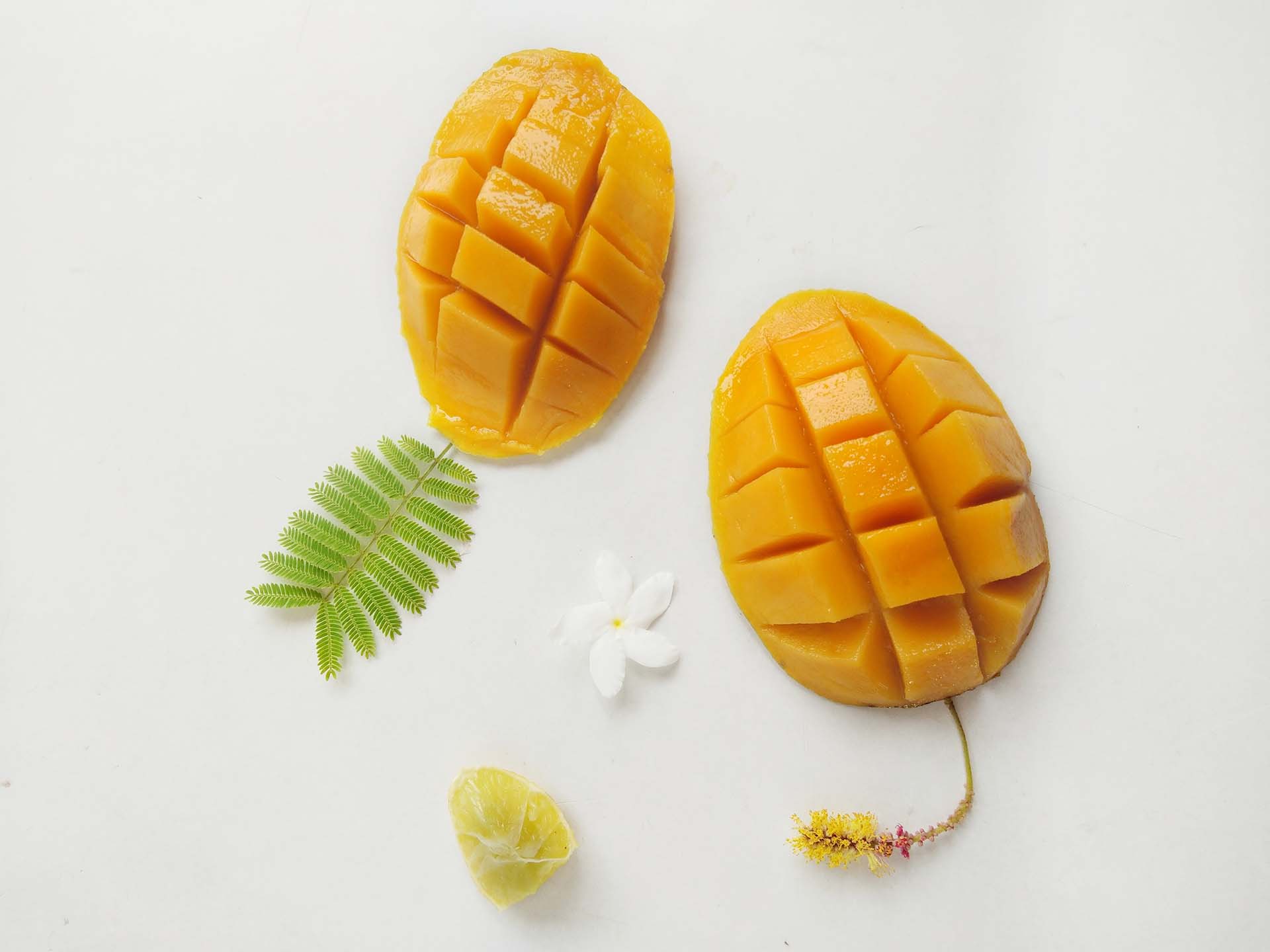Cannabis’ most plentiful terpene smells of earthy, spicy aromas and delivers relaxing and sedating vibes.
Of the hundreds of naturally occurring terpenes in cannabis, myrcene is the most abundant. And it’s one you should definitely sniff out–often.
If the fragrant compounds of cannabis known as terpenes were songs on a playlist set to shuffle, myrcene would be the most repeated melody. This aromatic anthem dominates the charts, appearing in 40 percent of commercial cannabis strains.
Myrcene–found mainly in indica and hybrid strains–tunes out negativity, and sooths the savage beast of stress and frustration by promoting restful sleep and general relaxation. It also uses its sedative talents to address physical discomfort. These qualities track with what we’ve always said about other terpenes, such as limonene; that these distinctly odiferous compounds should be top of mind for anyone with a growing affinity for recreational or medical cannabis.
But what are the olfactory characteristics and potential benefits of myrcene? Let’s peel back the layers and get a good whiff.
The Anatomy of Myrcene & Its Potential Benefits
Somewhat musky and sometimes funky, the herbaceous myrcene presents an unmistakable and always recognizable bouquet. When the molecules of myrcene hit your nose, your senses are met with earthy, spicy, and clove-like fragrances. The aroma alone can relax any jagged, disjointed mood, connecting the mind to warm, toasty notes that crackle like a campfire.
Beyond buds, myrcene pops up in the hops used in brewing beer. In fact, myrcene is the most plentiful terp in the oil composition of hops and is greatly responsible for that famously hoppy “beer smell” that brew aficionados fervently seek. Myrcene also expresses its forward nature in lemongrass, ripe mango, bay laurel, and basil.
Cannabis families carrying the torch for myrcene fall into the indica and hybrid strain categories. The terpene perfumes easygoing strains like OG Kush, Granddaddy Purple, Grape Ape, ACDC, Purple Urke, Jillybean, and many others.
Cannabis cultivars boasting high levels of myrcene often produce calming and relaxing sedative effects. Chances are you’ve heard the phrase “couch-lock” used in association with cannabis. Well, myrcene is the primary compound responsible for that oft-misunderstood descriptor for the type of high one can expect from specific strains. And though some of the evidence remains informal, “couch lock” is the key to the potential mind-and-body benefits of myrcene-laden cannabis.
In Mexico, tea made from myrcene-rich lemongrass has long been utilized to achieve restfulness and body comfort. That folksy approach to home remedies has inspired some lab-tested scientific research. For example, a 2002 myrcene study on rodents appearing in the Journal of Phytotherapy and Phytopharmacology demonstrated the potential effectiveness of myrcene in helping to relieve occasional anxiety while inspiring better, more restful sleep.
There’s also some evidence that myrcene alleviates physical discomfort. A study from 2003 looked at the physical benefits of myrcene, and the results showed a significant potential for the compound to help soothe inflamed joints after exercise. Another study from 2019 backed up those results, suggesting myrcene has some seriously easing effects on the body.
As for how your body and mind realize the benefits of myrcene, that has everything to do with your brain’s neurotransmitter–specifically, the neurotransmitter called gamma-aminobutyric acid, more commonly known as GABA. That particular neurotransmitter helps you regulate certain “bad” feelings, from everyday stress to general discomfort. And according to a 2014 study about receptor modulation by terpenoids, myrcene has been shown to increase the activity of GABA receptors. And an active GABA receptor is a helpful GABA receptor.

The Mango Myth
It wouldn’t be an article covering myrcene without touching on the mango myth. The logic behind the myth is as follows: Mangoes contain high levels of myrcene. Therefore, if you eat a mango or two before enjoying the cannabis of your choice, the myrcene will intensify the THC’s potency and exponentially increase your high.
Unfortunately, the only evidence in favor of this myth is purely anecdotal and could very well be the result of the placebo effect. This doesn’t mean we discourage the consumption of mangoes. Quite the contrary. They’re healthy and quite delicious—especially when paired with cannabis!
Takeaway
The earth-toned myrcene terpene holds heaps of potential for relaxation through cannabis products.
Here are a few products stocked at Remedy featuring myrcene that you might want to try:
Flower
Concentrates
Sunset Shortcake Live Sugar by Grassroots
Mandarin Cookies LR Batter by MPX
Grape Stomper x WW LR Sugar by MPX
Cartridges
Sour Cookies x Dream HTFSE Cart by Culta
Lassi Kush Dart Pod by Evermore
